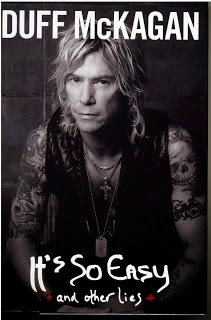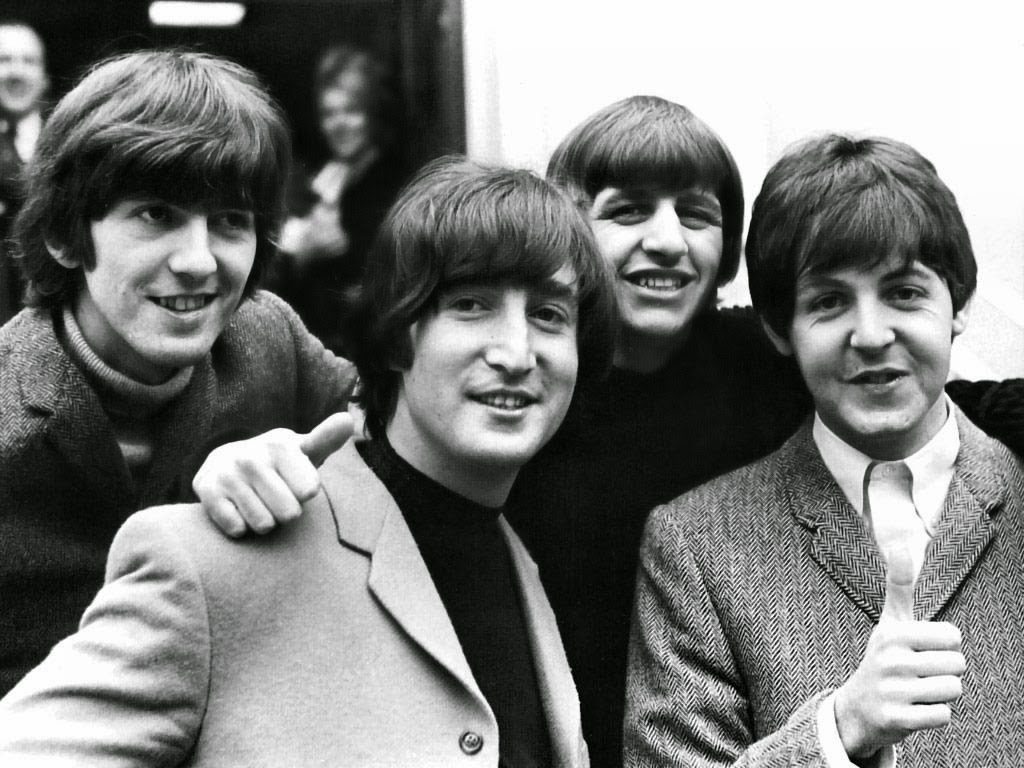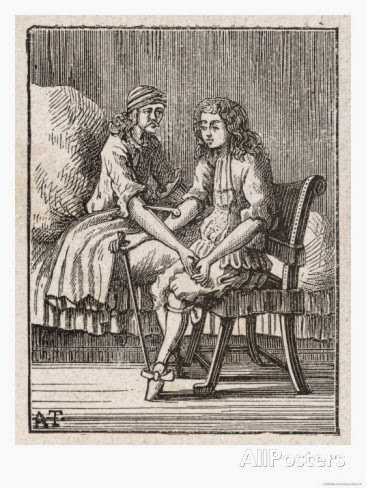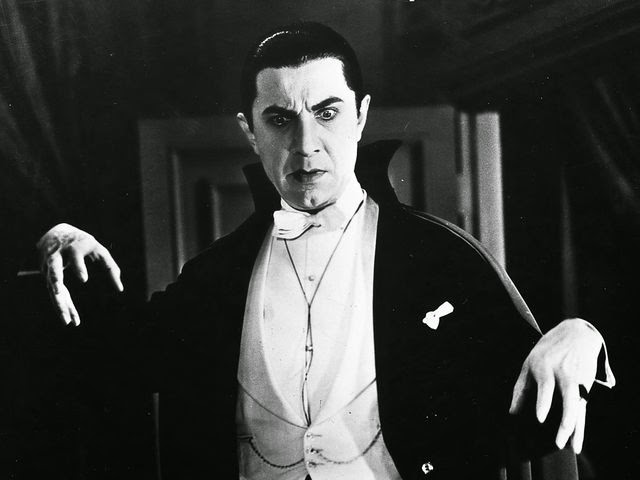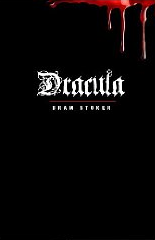Bill Cosby: Who Knew?
In the 27 years I’ve been in the hemophilia community, I’ve seen us searching for celebrities with ties to hemophilia. For spokespeople, supporters, to help us raise awareness. We’ve come close a few times, but no celebrity we know of actually has hemophilia or has a child with hemophilia.
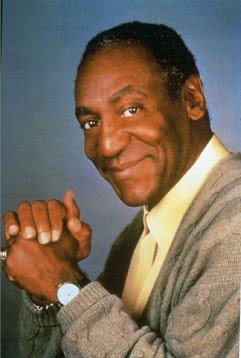 Last week we showed how the Beatles had a brush with hemophilia. Now our friend Richard Atwood has uncovered another connection: Bill Cosby. Who knew?
Last week we showed how the Beatles had a brush with hemophilia. Now our friend Richard Atwood has uncovered another connection: Bill Cosby. Who knew?Richard writes a review of a book on Cosby: William Henry Cosby Jr., or Bill, was born in
Philadelphia on July 12, 1937. He was the eldest of four children, one of whom
was epileptic, born to Anna and William Cosby. The sometimes fatherless family
lived in the projects in a poor district of North Philadelphia. As a child,
Bill was shy and used humor to gain acceptance. Though he was admitted to a
high school for gifted students, Bill did not fit in and transferred. After
being held back for the 10th grade, Bill dropped out of school and later at 19 joined
the navy. While serving as a hospital corpsman, Cosby earned his high school
diploma. Older and more serious, Cosby next enrolled at Temple University where
he ran track and played football. He also started earning enough as a stand-up
comic to drop out of school. In 1963, he met Camille Hanks, a psychology major
at the University of Maryland, and the couple married on January 25, 1964.
Philadelphia on July 12, 1937. He was the eldest of four children, one of whom
was epileptic, born to Anna and William Cosby. The sometimes fatherless family
lived in the projects in a poor district of North Philadelphia. As a child,
Bill was shy and used humor to gain acceptance. Though he was admitted to a
high school for gifted students, Bill did not fit in and transferred. After
being held back for the 10th grade, Bill dropped out of school and later at 19 joined
the navy. While serving as a hospital corpsman, Cosby earned his high school
diploma. Older and more serious, Cosby next enrolled at Temple University where
he ran track and played football. He also started earning enough as a stand-up
comic to drop out of school. In 1963, he met Camille Hanks, a psychology major
at the University of Maryland, and the couple married on January 25, 1964.
Cosby also performed for the first of many times on The Tonight Show in 1963. Both live on stage and recorded on vinyl, Cosby presented his comedic monologues that created a mythical childhood blending fact and fiction. Beginning in 1965 for three years, the television series I Spy was groundbreaking, and Emmy award winning, for the young actor. That same year, the first of his five children was born — Erika was soon followed by Erinne, Ennis, Ensa, and Evin. Cosby’s interest in teaching children through documentaries and television programs led to his enrollment at the University of Massachusetts to earn master’s and doctorate degrees in education in 1976. More television series, cartoon series, commercials, records, movies, and books, plus his stand-up comedy tours, increased his celebrity status, income, and awards, but not without some controversy. His humor offended some, and Cosby could not please others for his perceived lack of involvement in the civil rights movement. Richard notes that this friendly biography of Cosby glosses over any personality difficulties, such as being irritated by continual questions about race.
As a celebrity, Cosby helped raise funds and served on advisory boards for organizations such as the American Cancer Society, the American
Heart Association, and the Black Film Foundation. Sometime before 1971, Cosby was also chairman of the National Hemophilia Foundation. (pp. 91-92).
Heart Association, and the Black Film Foundation. Sometime before 1971, Cosby was also chairman of the National Hemophilia Foundation. (pp. 91-92).
Representatives of NHF could neither confirm nor deny that Cosby once held the title of chairman of NHF. The December 4, 1969 issue
of Jet magazine reported that Cosby was named honorary chairman of the National Hemophilia Foundation, a more likely distinction for his fundraising role.
of Jet magazine reported that Cosby was named honorary chairman of the National Hemophilia Foundation, a more likely distinction for his fundraising role.
The book is by Ronald L. Smith, 1986, Cosby. New York, NY: St. Martin’s Press, 181 pages. Celebrity is a double-edge sword. Now, with allegations of sexual misconduct by Cosby flooding the media, it’s probably a good thing there are no ties with NHF any longer.
Great Book I Just Read
Duff McKagan
McKagan tells the interesting, shocking and even poignant story of his rise from obscurity to incredible fame as a founder of Guns N’Roses in 1984, when he answered an add for a bass player by someone called Slash. Only 20 years old, naive and shy, he was thrust into the world of music industry sharks, massive egos, crazed fans, brutal travel schedule… and drugs. It’s hard to overestimate the impact the band had on his life: dubbed the most dangerous band in the world, headed by a seemingly ego maniacal front man, Guns N’Roses would sell more than 100 million albums. What makes this story so different than the ones I read by Slash himself and Chuck Negron recently, is the tone and the obvious depth McKagan has. He is a sensitive soul who loves his mother. He grieved when fans were crushed during one of their concerts. He isolated himself when he became addicted, sought help, and soon became clean; he buried himself in reading the Classics, shunned women, took up mountain biking (great section to read), became a devout martial arts student, and most amazingly, went to community college, then college to complete his degree with the enthusiasm of a child. It’s hard not to love this guy and applaud his amazing come-back and story. Wonderful read. Four/five stars just for heart.

